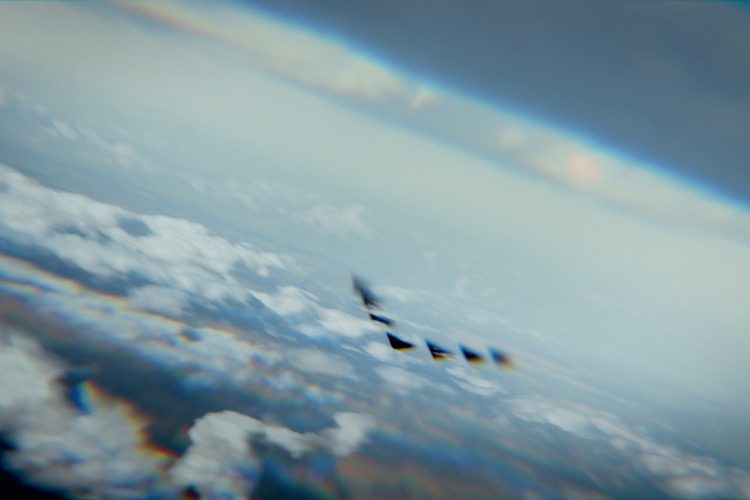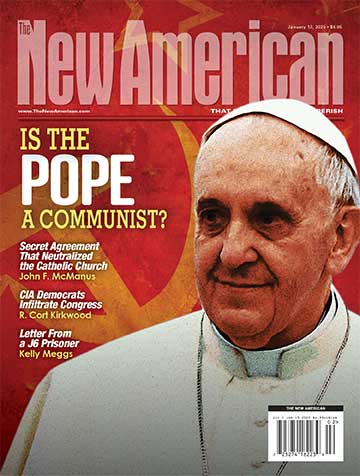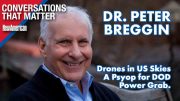
A new study from the Human Flourishing Program at Harvard University puts forth the idea that the unidentified anomalous phenomena (UAP), commonly referred to as UFOs, may involve craft from other planets or dimensions inhabited by “cryptoterrestrials.” The cryptoterrestrial hypothesis (CTH) posits that intelligent non-human entities may live among us, disguising themselves as human to fit in.
The authors include Tim Lomas, a psychology research scientist at Harvard; Brendan Case, of Harvard’s Human Flourishing Program; and Michael P. Masters, a professor of biological anthropology at Montana Technological University.
The researchers are attempting to broaden the scope of investigation into UAP, which currently centers on two main ideas: 1) That the UAP we see are actually of human origin, representing unknown technology, or 2) Advanced beings from somewhere else are visiting the Earth from a distant planet or an alternate dimension.
“However, such is the strange nature of many UAP that observers close to the topic have been compelled to consider a more unconventional set of theories known collectively as the ‘ultraterrestrial’ hypothesis,” the study states. “This denotes a broad category of conjecture centered around the possibility that UAP may involve forms of non-human intelligence (NHI) that are already present in Earth’s environment in some sense.”
One theory involves a technologically advanced human civilization that was destroyed millennia ago, but of which a remnant remained — think Atlantis, made familiar to many by Plato. But it strains credulity to believe that humans — even very advanced humans — would not make themselves known to other humans.
Secondly, such cryptoterrestrials could be non-human, an advanced form of hominid or the descendants of “unknown, intelligent dinosaurs,” which have lived (or still live) underground. The researchers raise the possibility that such cryptoterrestrials could actually be among us, disguised as humans. “John Ramirez has claimed that such entities are ‘walking among us’ disguised convincingly as regular humans.”
Another fanciful notion is that cryptoterrestrials are time travelers, here from a distant future or past studying either their ancestors or their future selves, but always remaining stealthy.
The fourth type of cryptoterrestrial may be the most comfortable to us, although the researchers dismiss this group as “magical” and link it to “fairies, elves, gnomes, brownies, trolls.” Included in the “magical” realm is the concept of angels, which many people firmly believe in.
Dubbed CTH 4 by the researchers, they believe the “magical” hypothesis the least likely.
“The principal weakness of CTH 4, by contrast, is its utter strangeness, particularly for readers schooled to limit themselves to modes of explanation within the bounds of, say, the standard model of physics.”
But the researchers did not completely discount this explanation of UAP.
“However, we ought not rule out the ‘magical’ framing potentially being at least as close to the truth as the technological one.”
Several Christian apologists, including Steve Quayle, L.A. Marzulli, and the late Chuck Missler are of the opinion that the UFO phenomenon and the entire idea of cryptoterrestrials is spoken about in the first book of the Bible.
As recorded in Genesis 6:4, “There were nephilim in the earth in those days; and also after that, when the sons of God came in unto the daughters of men, and they bare children to them, the same became mighty men which were of old, men of renown.”
The “nephilim” in the Bible are described as “giants” that allegedly came about from fallen angels comingling with human females.
Frankly, the notion of “nephilim” as the offspring of fallen angels is at least as plausible as the idea of “intelligent dinosaurs” or time travelers.
Although the researchers admit that their cryptoterrestrial hypothesis is “exceedingly improbable,” they believe it “should nevertheless be kept on the table as we seek to understand the ongoing empirical mystery of UAP.”




